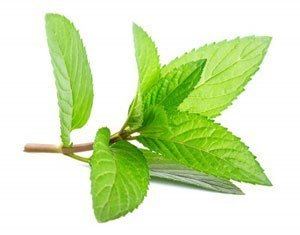Formula C22H34O7 | Molar mass 410.5 g/mol | |
 | ||
IUPAC ID (3R,4aR,5S,6S,6aS,10S,10aR,10bS)-6,10,10b-trihydroxy-3,4a,7,7,10a-pentamethyl-1-oxo-3-vinyldodecahydro-1H-benzo[f]chromen-5-yl acetate | ||
Warning is it true what they say about forskolin live forskolin review 2017
Forskolin (coleonol) is a labdane diterpene that is produced by the Indian Coleus plant (Plectranthus barbatus). Forskolin is commonly used as a tool in biochemistry to raise levels of cyclic AMP (cAMP) in the study and research of cell physiology. Forskolin activates the enzyme adenylyl cyclase and increases intracellular levels of cAMP. cAMP is an important second messenger necessary for the proper biological response of cells to hormones and other extracellular signals. It is required for cell communication in the hypothalamus/pituitary gland axis and for the feedback control of hormones. Cyclic AMP acts by activating cAMP-sensitive pathways such as protein kinase A and Epac.
Contents
- Warning is it true what they say about forskolin live forskolin review 2017
- Biosynthesis
- Safety
- Safety in pregnancy
- References

Biosynthesis

Safety
One study has shown that the lethal dose in rats (with the oral formulation) was >2,000 mg/kg.
Safety in pregnancy

There is limited information on forskolin’s use in pregnant women. The safety has not yet been determined. Forskolin should be used with caution or avoided altogether in women who are pregnant.


